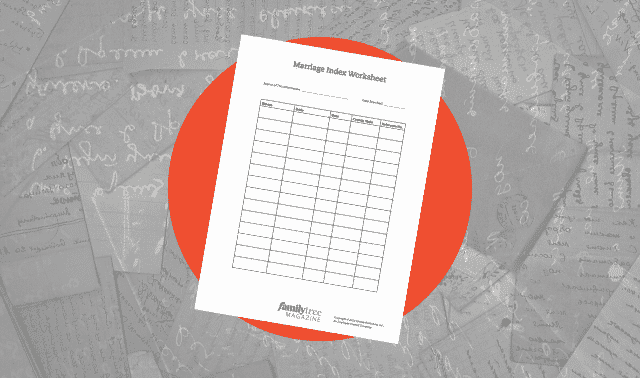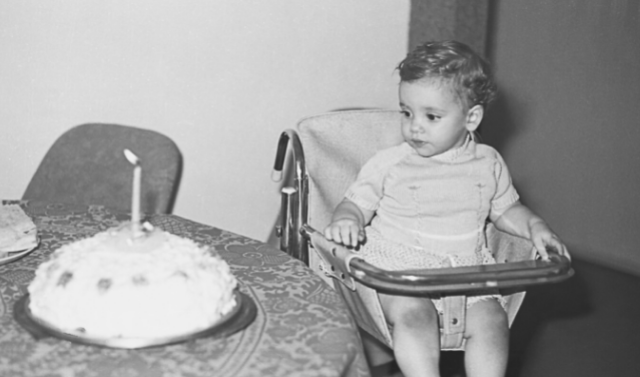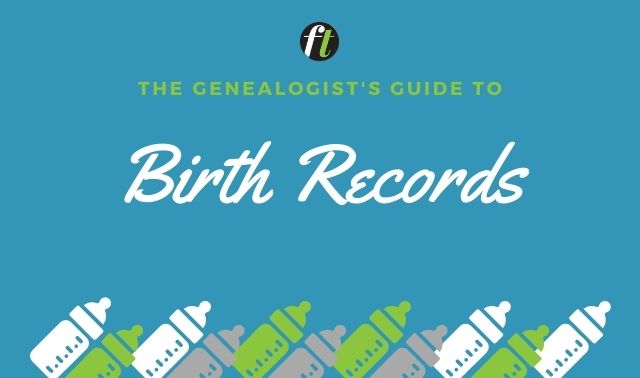Sign up for the Family Tree Newsletter! Plus, you’ll receive our 10 Essential Genealogy Research Forms PDF as a special thank you.
Get Your Free Genealogy Forms
"*" indicates required fields
Marriage bonds are separate documents from marriage licenses, and can contain new clues to use in researching your ancestors. Here’s what to look for.
1. Bonds vs. licenses
A man would file a marriage bond to legally affirm his intention to marry a particular woman and confirm there was no legal impediment to the marriage. Don’t confuse it with a marriage license, or with a marriage contract the parties might have agreed to.
2. Naming a location
Caswell County, North Carolina, where this bond was filed in court, is where the marriage is planned to occur. Use this place to launch your search for all the people named in censuses and other records.
ADVERTISEMENT
3. Those named
The document names the bond applicant, the groom and others committing themselves to the bond. Cosigners often are relatives, as suggested by the common last name of these men. Seek other records that may connect them.
4. A fine for unlawful marriage
This bond obligates the prospective groom and any cosigners to pay a $1,000 fine to the state if the marriage occurs but was illicit for some reason (such as the groom or bride already being married to someone else).
5. Differing dates
The dates of the bond and marriage are usually different. This bond is dated Jan. 21, 1867 (the marriage license was issued at the same time). The marriage took place on Jan. 25. Enter the bond and ceremony dates as separate events in your family tree.
ADVERTISEMENT
6. Research the clues
Research the names of any witnesses for possible connections.
Related Reads
A version of this article appeared in the October/November 2018 issue of Family Tree Magazine.
ADVERTISEMENT










